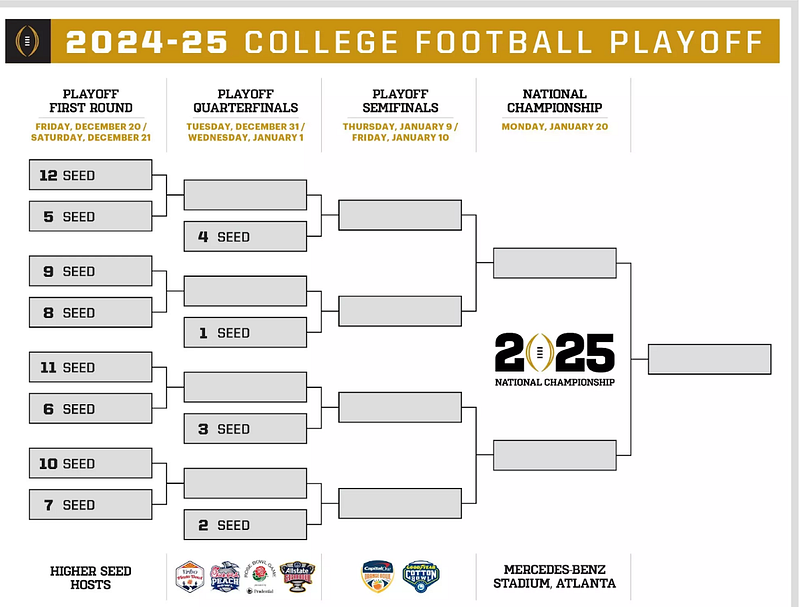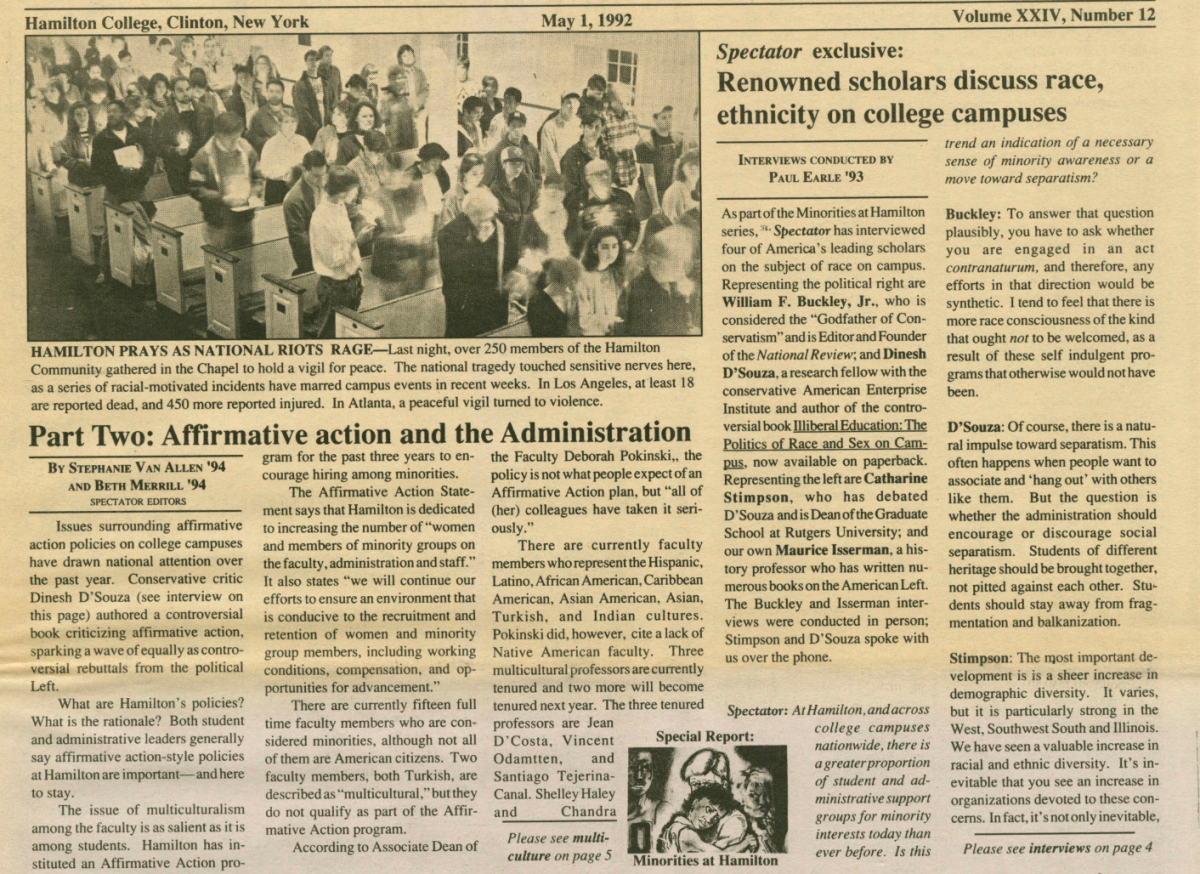
This season’s Division I college football is different. There are larger conferences, a revised 12-team expanded playoffs, and changes that alter the landscape of the NCAAF.
The 2024 season marks a turning point in college football, with several powerhouse teams aligning themselves with new conferences. Some noticeable changes include USC, UCLA, Oregon and Washington moving from the Pac 12 to the Big Ten. Moreover, the SEC welcomes Texas and Oklahoma from the Big 12 and the conference standings format has been remodeled.
Initially, many conferences were broken into two divisions, where the best team from each division in the conferences were face off in the championship game. This format allowed for smaller teams to make the championship game occasionally. For example, the Big Ten was split into an East and West division. The East division included big-name teams such as Ohio State, Michigan, and Penn State, while the West included usually lower-ranked teams like Purdue, Northwestern and Wisconsin.
In recent years, Ohio State and Michigan have been top-5 ranked teams heading into their traditional final regular season game against each other, where the winner would make the Big Ten Championship game and play a supposedly easier game against teams like Iowa or Wisconsin. But now, with the addition of several new teams to different conferences, divisions have been erased, and the championship game is determined by the top two teams in the standings.
The second, and arguably the most significant, major change to the NCAAF is the reformatted College Football Playoffs (CFP). The format has changed from a four-team playoff to a 12-team one.
Here is how it works. The CFP selection committee ranks the four highest-seeded conference champions seeds 1–4, receiving a first-round bye. The fifth conference champion will be seeded 12 if it is outside the top 12. The remaining teams will be seeded 5–11. Many fans are pleased with these two changes, while some are extremely upset and critical of a shift in college football’s design.
Some of the positives about conference realignment and the expanded CFP is that more teams and players have a better chance of competing for a national championship in a longer and more meaningful postseason. It has been disappointing to see championship-caliber teams be denied the playoffs in recent years. Last year, Georgia was bidding for a three-peat but lost just one game in the conference championship, which left them excluded from the playoffs with a 12–1 record. Many believe they could have beaten Michigan, the eventual national champions.
The expanded playoff system is also advantageous from a business point of view. The new format allows conferences to make significantly more money off of revenue. In the past, significant conferences would primarily split evenly 80% of the CFP’s $460 million in revenue. But now, with CFP expecting to distribute about $1.3 billion annually in a new television contract with ESPN, conferences will make tens of millions more than previously.
However, there is a cost to these significant changes. With a realignment of conferences and standings, teams can face multiple times per year, lessening the season-long hype of matchups. For instance, this year, Texas and Georgia are on a collision course to face off a second time in the SEC championship and potentially in the playoffs. Hence, regular season or non-playoff games are less significant.
Going back to the Big 10, Ohio State vs. Michigan’s “The Game” is less important as these teams can simply face each other a week later in the Big 10 championship.
Although not a new change, the transfer portal and Name Image Likeness (NIL) have primarily impacted the movement of players from team to team. Furthermore, players do not have to sit out a season when transferring, essentially allowing unlimited transfers. With NIL, many players are attracted to teams financially, and coaches use NIL to lure players to sign with their teams.
Ultimately, the tradition of college football may be in jeopardy. Most notably, bowl games will suffer the most. Bowls such as the Famous Idaho Potato Bowl and Alamo Bowl will lose meaning. With players opting into the draft or entering the transfer portal, player availability is reduced, and teams do not compete with their regular-season roster. For instance, Florida State went 13–0 last year but was down roughly 20 players in the Orange Bowl due to opt-outs and players entering the transfer portal.
With larger conferences, expanded playoffs, billion-dollar TV contracts, NIL and an active transfer portal, college football is undoubtedly changing. This year, many fans will enjoy an expanded version of the playoffs, similar to the NFL’s structure, as new stars will rise and the competition even higher. However, the old-school style of college football that fans cherish, in exchange for a modernized revamp of college football’s structure, may be lost forever.
















